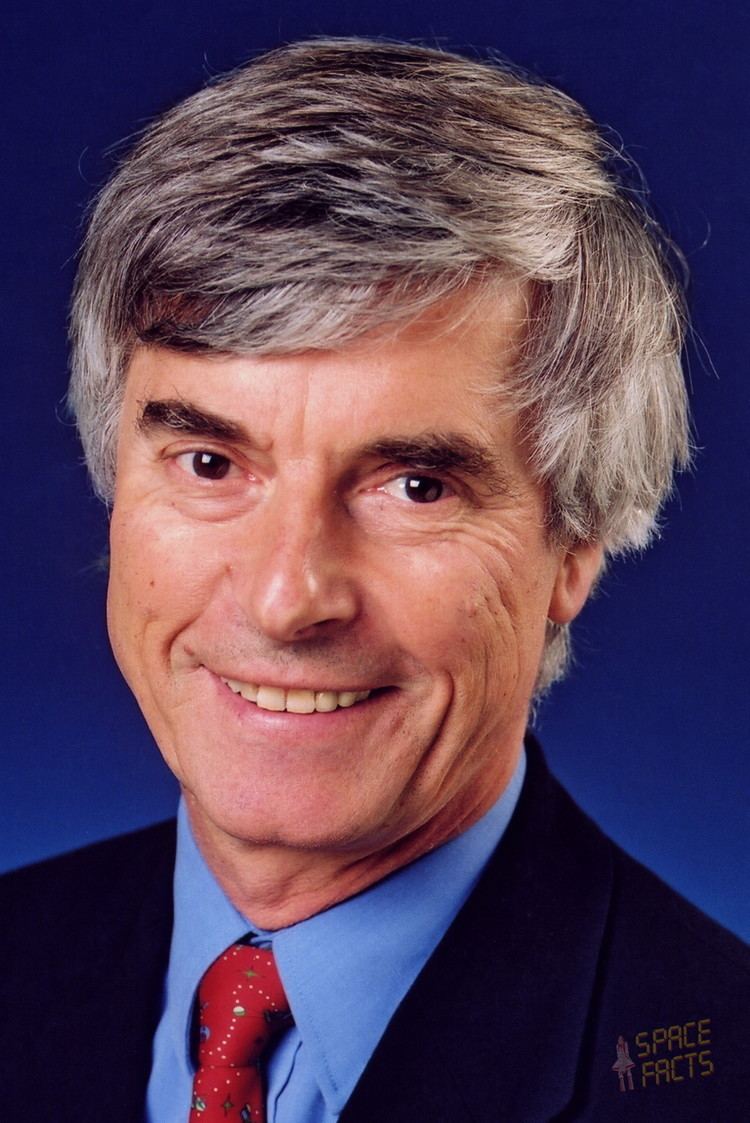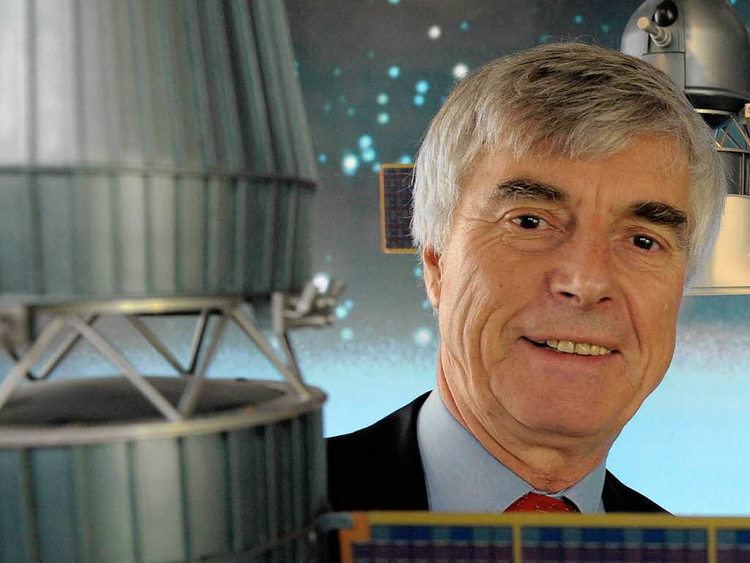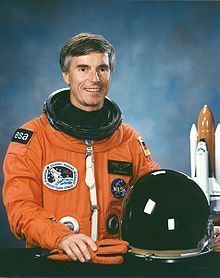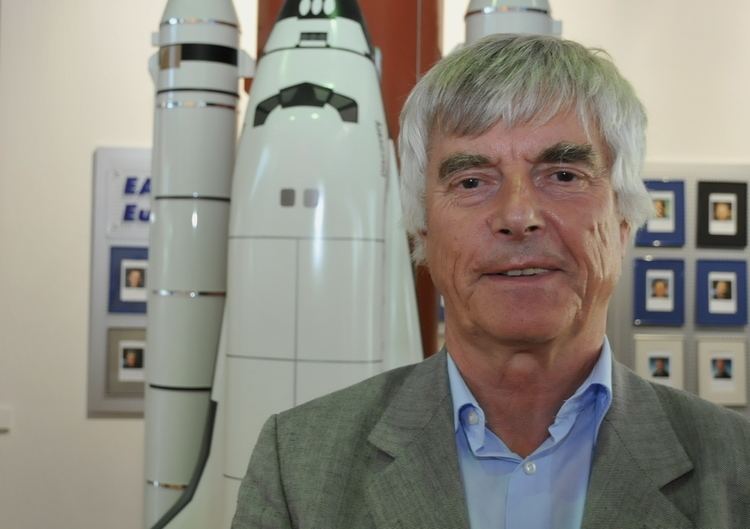Nationality German Mission insignia Status Retired Name Ulf Merbold | Time in space 49d 21h 36min Role Astronaut Selection 1978 ESA Group | |
 | ||
Similar People Sigmund Jahn, Ernst Messerschmid, Byron K Lichtenberg, Owen K Garriott, Thomas Reiter | ||
Interviews ulf merbold und sigmund j hn sojus tma 13m
Dr. Ulf Dietrich Merbold (born June 20, 1941) is the first West German citizen and second German native (after Sigmund Jähn) to have flown in space. He is also the first member of the European Space Agency Astronaut Corps to participate in a spaceflight mission and the first non-US citizen to reach orbit in a US spacecraft. In 1983, he and Byron Lichtenberg became the first Payload Specialists to fly on the shuttle.
Contents
- Interviews ulf merbold und sigmund j hn sojus tma 13m
- Interview dr ulf merbold
- Early life and education
- ESA career
- Personal life
- References

Interview dr ulf merbold
Early life and education

Merbold was born in Greiz, Thuringia — just 40 kilometers from where Sigmund Jähn, the first German in space, was born. Both happened to grow up in the socialist German Democratic Republic, also known as East Germany. After he finished school in 1960, Merbold, as thousands others before the Berlin wall was built, defected to the Federal Republic of Germany (West Germany). He studied physics at the University of Stuttgart, earning a diploma in 1968 and a doctorate in 1976. He then joined the Max Planck Institute for Metals Research in Stuttgart, where he worked on solid state physics and low temperature physics.
ESA career

In 1978, the European Space Agency (ESA) selected him, along with Wubbo Ockels and Claude Nicollier, to train as payload specialists on the first flight of the Spacelab module. In 1982, he was selected as the prime payload specialist, and in 1983 he flew on board the Columbia on the STS-9 mission.

From 1984 to 1985, he participated in the preparation of the first German Spacelab mission, D-1, and served as backup payload specialist for STS-61-A as well as "Crew Interface Coordinator".

In 1986, he transferred to the European Space Technology Center (ESTEC) to work on the European Columbus module for the International Space Station. Also in 1986, he became head of the Astronaut Office of the German spaceflight organization DLR.

In 1988, NASA nominated Ulf Merbold as payload specialist on the IML-1 mission, which launched on STS-42 in January 1992. The following year he was Science Coordinator for the second German Spacelab mission, D-2 (STS-55).
In 1993, he also started training to fly the first of two joint European-Russian missions to the space station Mir, called Euromir 94. In 1994, he was the first ESA astronaut to fly into space with Russia, on board Soyuz TM-20, and returned to Earth on Soyuz TM-19. During his three spaceflights he spent a total of 49 days, 21 hours and 38 minutes in space.
Merbold is still working for ESA in the Microgravity Promotion Division of the ESA Directorate of Manned Spaceflight and Microgravity at ESTEC, but he is no longer a member of the European Astronaut Corps.
Personal life
Merbold, who is married and has two children, is a keen glider pilot, owning his own glider (sailplane). He has taken part several times in the Barron Hilton Cup. He often attends the annual German national gliding conference.
